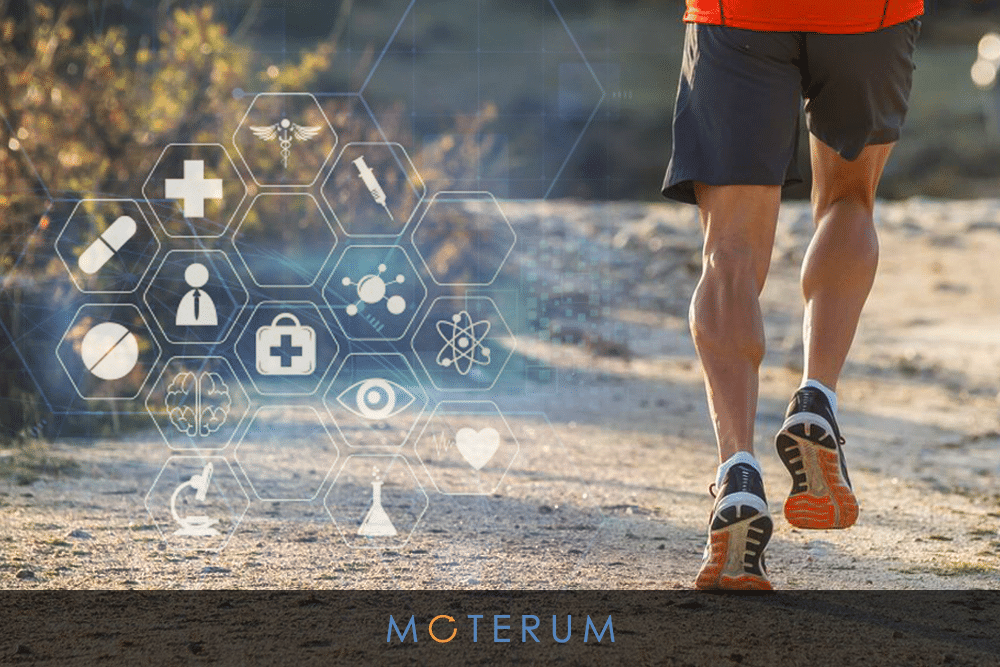FAQ
FAQ – Frequently Asked Questions
How are my balance and gait affected?
The part of your brain that controls balance and gait, and which sends signals to your limbs to walk in a coordinated way, can itself be injured. However, often these signals are interrupted because the pathways for sending the signals to your limbs are damaged. As a result, your gait is affected, often with a much slower walking speed and asymmetries where one side of your body loses strength or coordination. The risk of falling is typically high because of this. You may feel unsteady and notice that the way you walked before is different post-stroke.
How will my gait be different?
Depending on the severity of your stroke, your gait may not look as symmetrical, and therefore, may be less stable. It is common to have a slower gait and you may find yourself putting less weight on your affected side. Your overall step length and stride may also be shorter on your affected side. This can result in a loss of confidence during ambulation and an increase in fall risk.
Can I join one of the current clinical trials?
There are a series of questions and information that has to be collected to determine whether you fit within the parameters of for one of our current clinical trials. The best place to start is to contact us and start the conversation to see whether the trial would be appropriate for you. We would love to hear from you. Even if you don’t fit for some reason in our existing trials, we are constantly looking for new trial possibilities.
Will the iStride™ Device help me?
At this point, we can’t say without first using the device, whether the device would be appropriate for you. To date, our clinical trials have helped stroke patients with significant gait problems, as well as those who have more minor gait irregularities. The major benefit has been an increase in walking speed, limb symmetry, and double phase support. We continue to perform clinical trials to better understand the best way to deploy the iStride™ device before we launch the device commercially.
What is a clinical trial?
Studies that use volunteers to provide important clinical data and research to potentially provide newer and more effective treatment strategies for stroke. The studies may include medical devices that aim to improve your recovery and help you regain your independence
What is happening in the iStride™ Device clinical trials?
The device has already produced positive results in a clinical trial performed in a research setting. We are now running clinical trials to show that the device can work in the home setting too. Additionally, we continue to improve the design of the device towards a commercial product. We are currently recruiting for a paid clinical trial in Charlotte, NC and Burlington, VT, as well as some other areas. Click here to read more about the requirements to see if you are eligible!
What is a Healthcare Internet of Things Device? Is the iStride™ Device one of those?
A Healthcare Internet of Things device (HIoT) is a device that is connected through the internet to other devices so that data can be delivered and used by clinicians, researchers, and patients.
The iStride™ device will be a commercial HIoT. There will be sophisticated motion sensors, such as accelerometers, gyroscopes, and barometers, which will collected data about the user’s gait, and put this through proprietary algorithms to provide important information about how the device is working and how the gait may be improving. It will be able to give the user and the user’s clinician information about how the device is working and how the user’s gait is improving. This information will also be able to be shared with those the user may want to share their walking success with, such as children, grandchildren, friends or even other stroke survivors in rehabilitation groups. Importantly, the gait data and step information will help Moterum improve the device.
The iStride™ device will be a commercial HIoT. There will be sophisticated motion sensors, such as accelerometers, gyroscopes, and barometers, which will collected data about the user’s gait, and put this through proprietary algorithms to provide important information about how the device is working and how the gait may be improving. It will be able to give the user and the user’s clinician information about how the device is working and how the user’s gait is improving. This information will also be able to be shared with those the user may want to share their walking success with, such as children, grandchildren, friends or even other stroke survivors in rehabilitation groups. Importantly, the gait data and step information will help Moterum improve the device.
FACTS ABOUT STROKE
- Stroke affects 800,000 Americans each year with nearly 90% having some type of gait deficit affected after their stroke and more than 60% have a chronic gait problem
- Stroke accounts for 3.2% of all of the worlds lost DALYs (Disability Adjusted Life Year). This makes stroke one of the most costly global health crises.
- There are 2 types of strokes: Ischemic vs. Hemorrhagic
Ischemic: (80% of strokes) Blood clot/blockage
Hemorrhagic: Blood vessel that breaks and bleeds into brain - Stroke can lead to difficulty with balance, walking, speech, swallowing, and pain.
- Someone in the U.S. has a stroke every 40 seconds.
- The ability to walk independently again is the number 1 goal, voiced by many stroke survivors.
- Without effective treatment on regaining a normal gait, stroke victims have an increased risk of falling. Falls account for the majority of post stroke healthcare expenditures for insurance companies and as such, they would be interested in solutions that reduce their cost dramatically.
- Present rehabilitation treatment options have little over all success, with more than 80% of patients with gait hemiparesis never regaining independent community ambulation status
